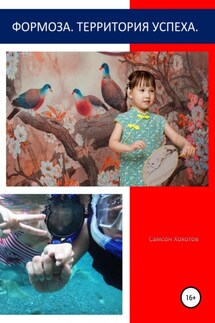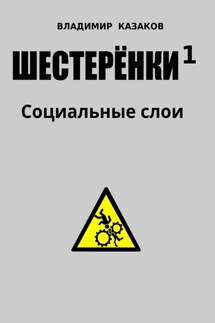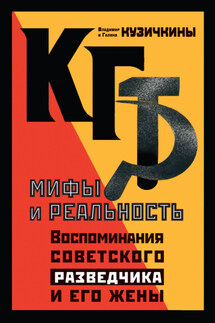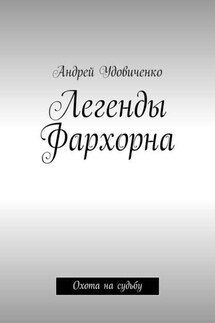Formosa. Country of success - страница 8
Until the end of the 17th century, the island was still better known as "Formosa" to many Europeans. On western maps, it appears as Formosa and until the first half of the 20th century, it often appears under both names.
In historical documents, the name Formosa is used to define Taiwan until the end of Japanese colonial rule in 1945.
The Austronesian Aborigines of the island are sometimes still called "Formosians". And old sailors always called the island Formosa. They also used this name for the strait that separates the mainland and the island.
Sino-Japanese War (1937-1945)
In 1937, Japan launched a large-scale operation against China and Chiang Kai-shek was appointed Generalissimo of the Republic of China in August of the same year. Stalin and Chiang Kai-shek later signed a mutual non-aggression agreement. The USSR then became the only state that provided the Republic of China with very significant military and financial assistance.
In 1938, the largest battle of the Sino-Japanese War took place near the city of Wuhan in central China. The Chinese army numbering over a million held back the Japanese troops for four months. The mobile and well-armed Japanese army used hundreds of gas attacks and eventually forced the Chinese to leave Wuhan. The Japanese lost over 100,000 soldiers in the battle. The damage was so significant that it stopped their advance inland for years.
On 23 February 1938, a daring raid of Soviet bombers took place on the Japanese airbase on the island of Taiwan, considered to be outside the zone of action of the enemy air force. On this day, after a 7-hour flight, twenty-eight bombers under the command of pilot Fyodor Polynin bombed the airfield, destroying 40 Japanese aircraft, hangars and a long-term fuel supply. The raid was so unexpected that none of the Japanese fighters even had time to take off. Soviet pilots on the TB-3 bombers were actively fighting against the Japanese invaders. Enraged by the bombing of their airbase in Taiwan, the Japanese decided to take revenge, and on 29 April 1938, just on the birthday of their emperor, attempted to raid the Chinese city of Wuhan.
The raid involved 18 G3M2s bombers protected by 27 Mitsubishi A5Ms fighters, a fierce battle taking place in the sky between Japanese, Soviet and Chinese pilots. Nineteen I-15 and forty-five I-16 Soviet-made fighters shot down ten Japanese bombers and eleven fighters within half an hour, losing twelve of their aircraft.
Within a month of this battle, the Japanese air force stopped flights in the region.
With the support of Soviet military units, the Kuomintang regiments sought to liberate the island from the Japanese. The regiment commander, 27-year-old Ma Chihan, led his troops in the mountains of the southern part of the island. The regiment’s mission was to detain and, if possible, destroy the enemy troops advancing eastward. A Japanese detachment of 2,000 soldiers encircled the men led by Ma Chihan. Ma Chihan positioned his troops up on a hill in an advantageous position and fought off repeated enemy attacks for two days. Then Ma Chihan rallied his troops and overthrew the Japanese in hand-to-hand combat. The Japanese retreated with losses. Tse-yun, at the head of his troops, repulsed the Japanese offensive in the central part of the island. Despite heavy artillery fire, the wounded commander himself led his battalion into a counterattack.




![Bo][ing Day истребить «колхозника»](/uploads/covers/fe/bo-ing-day-istrebit-kolhoznika.jpg)



